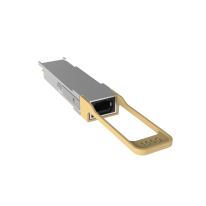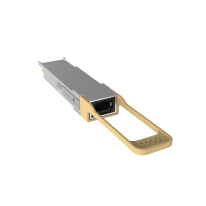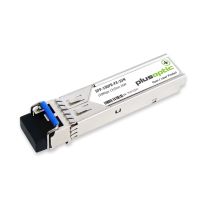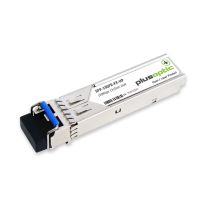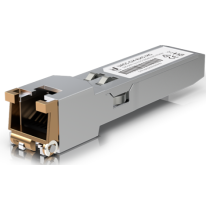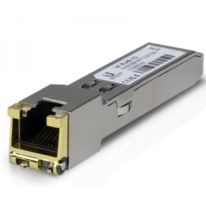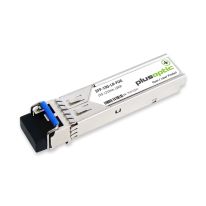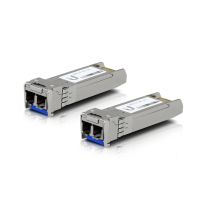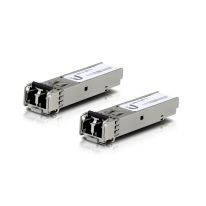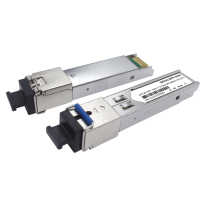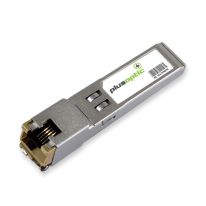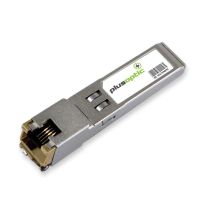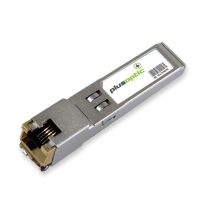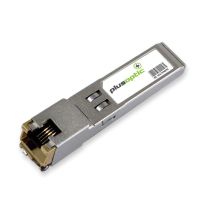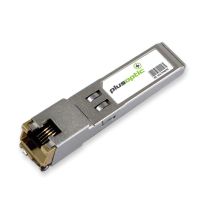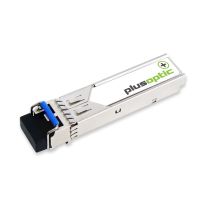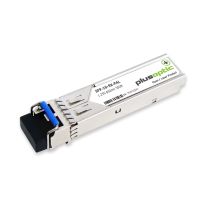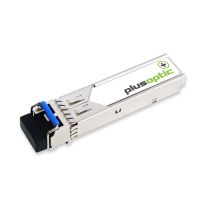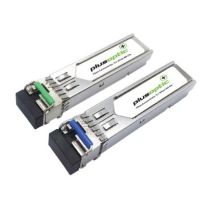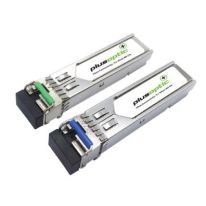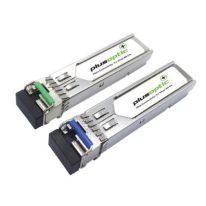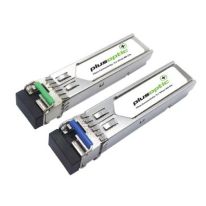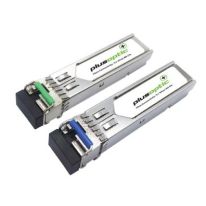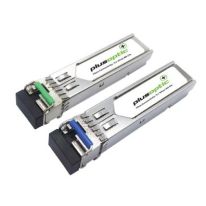-
SKU: QSFP28-SR4-DEL Dell compatible 100G QSFP28 Transceiver, 850nm, Reach up to 100M , MTP/MPO Connector for MMF. 2 Year Warranty. QSFP28-SR4-DEL$418.00 $380.00Out of stock
-
SKU: QSFP28-SR4-ARI Arista compatible 100G QSFP28 Transceiver, 850nm, Reach up to 100M , MTP/MPO Connector for MMF. 2 Year Warranty. QSFP28-SR4-ARI$418.00 $380.00Out of stock
-
SKU: SFP-100FE-FX-JUN Juniper compatible (EX-SFP-1FE-FX), 100Mbps, 100Base SFP, 1310nm, 2KM Transceiver, LC Connector for MMF with DDMI. SFP-100FE-FX-JUN$41.80 $38.00Out of stock
-
SKU: SFP-100FE-FX-HP HP / Aruba compatible (J9054A, J9054B, J9054C, J9054D), 100Mbps, 100Base SFP, 1310nm, 2KM Transceiver, LC Connector for MMF with DDMI$42.90 $39.00
In stock
-
$158.40 $144.00
In stock
-
$41.89 $38.08
In stock
-
SKU: SFP-10G-LR-FOR Fortinet compatible (FG-TRAN-SFP+LR) 10G, SFP+, 1310nm, 10KM Transceiver, LC Connector for SMF with DOM | PlusOptic SFP-10G-LR-FOR$110.00 $100.00
In stock
-
$186.01 $169.10
In stock
-
$41.24 $37.49
In stock
-
SKU: GPON-SFP-ONU-B-20KM PlusOptic Bidirectional Transceiver GPON ONU B+ SFP Module. 2.5Gb/1.25Gb TX1490/RX1310. SC Simplex Connector. 20km Reach on Single Mode Fibre.GPON-SFP-ONU-B+-20KM$256.30 $233.00Out of stock
-
SKU: SFP-T-RUG Ruggedcom Compatible 1000Mbps, Copper SFP, 100M Transceiver, RJ-45 Connector for Copper | PlusOptic SFP-T-RUG$101.20 $92.00
In stock
-
SKU: SFP-T-NOK Nokia compatible 1000Mbps, Copper SFP, 100M Transceiver, RJ-45 Connector for Copper | PlusOptic SFP-T-NOK$101.20 $92.00
In stock
-
SKU: SFP-T-MOXI Moxa Compatible 1.25G, Copper SFP, 100M Transceiver, RJ-45 Connector for Copper, Industrial temperature rated | PlusOptic SFP-T-MOXi$79.20 $72.00
In stock
-
SKU: SFP-T-GFE-H3C HP / H3C compatible 10/100/1000Mbps, Copper SFP, 100M Transceiver, RJ-45 Connector for Copper | PlusOptic SFP-T-GFE-H3C$69.30 $63.00
In stock
-
SKU: SFP-T-FOR Fortinet compatible (FG-TRAN-GC),1000Mbps, Copper SFP, 100M Transceiver, RJ-45 Connector for Copper | PlusOptic SFP-T-FOR$101.20 $92.00Out of stock
-
SKU: SFP28-LR-PLU PlusOptic 25G, SFP28, 1310nm, 10KM Transceiver, LC Connector for SMF with DOM | PlusOptic SFP28-LR-PLU$176.00 $160.00Out of stock
-
SKU: SFP-1G-SX-PAL Palo Alto compatible 1.25G, SFP, 850nm, 550M Transceiver, LC Connector for MMF with DDMI | PlusOptic SFP-1G-SX-PAL$49.50 $45.00Out of stock
-
SKU: SFP-1G-2KM-EXTI Extreme compatible 1.25G, SFP, 1310nm, 2KM Transceiver, LC Connector for MMF with DOM. Industrial Temp | PlusOptic SFP-1G-2KM-EXTi$66.00 $60.00Out of stock
-
SKU: BISFP-D-40-RUGI RUGGEDCOM compatible 1.25G, BiDi SFP, TX1490nm / RX1310nm, 40KM Transceiver, LC Connector for SMF with DDMI , Industrial Temp rated| PlusOptic BISFP-D-40-RUGi$89.10 $81.00
In stock
-
SKU: BISFP-D-10-PLU Plusoptic 1.25G, BiDi SFP, TX-1490nm / RX-1310nm, 10KM Transceiver, LC Connector for SMF fibre with DDMI | PlusOptic BISFP-D-10-PLU$71.50 $65.00
In stock
-
SKU: BISFP-D-10-EXT Extreme Compatible 1.25G, BiDi SFP, TX-1490nm / RX-1310nm, 10KM Transceiver, LC Connector for SMF fibre with DDMI | PlusOptic BISFP-D-10-EXT$71.50 $65.00
In stock
-
SKU: BISFP-10G-U3-40-EXTI Extreme compatible (10GB-BX40-U), 10G, BiDi SFP+, TX1270nm / RX1330nm, 40KM Transceiver, LC Connector for SMF with DDMI | BISFP+-U3-40-EXTi$159.50 $145.00
In stock
-
SKU: BISFP-10G-U3-40-EXT Extreme compatible (10GB-BX40-U), 10G, BiDi SFP+, TX1270nm / RX1330nm, 40KM Transceiver, LC Connector for SMF with DDMI | BISFP+-U3-40-EXT$144.10 $131.00
In stock
-
SKU: BISFP-10G-U3-10-EXT Extreme compatible (10GB-BX10-U), 10G, BiDi SFP+, TX1270nm / RX1330nm, 10KM Transceiver, LC Connector for SMF with DDMI | BiSFP+-U3-10-EXT$198.00 $180.00
In stock
SFP Transceivers
369 Results




